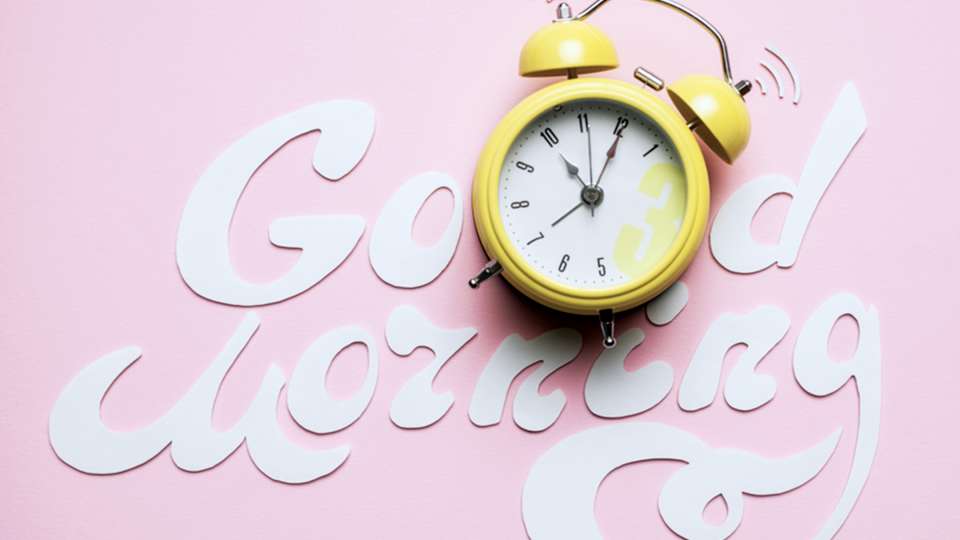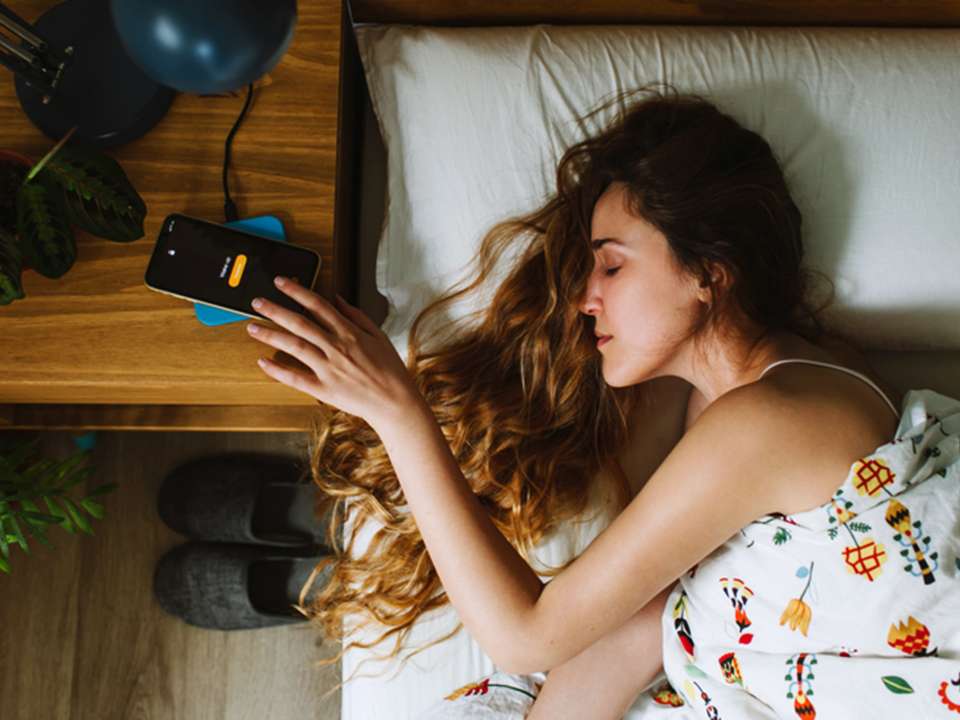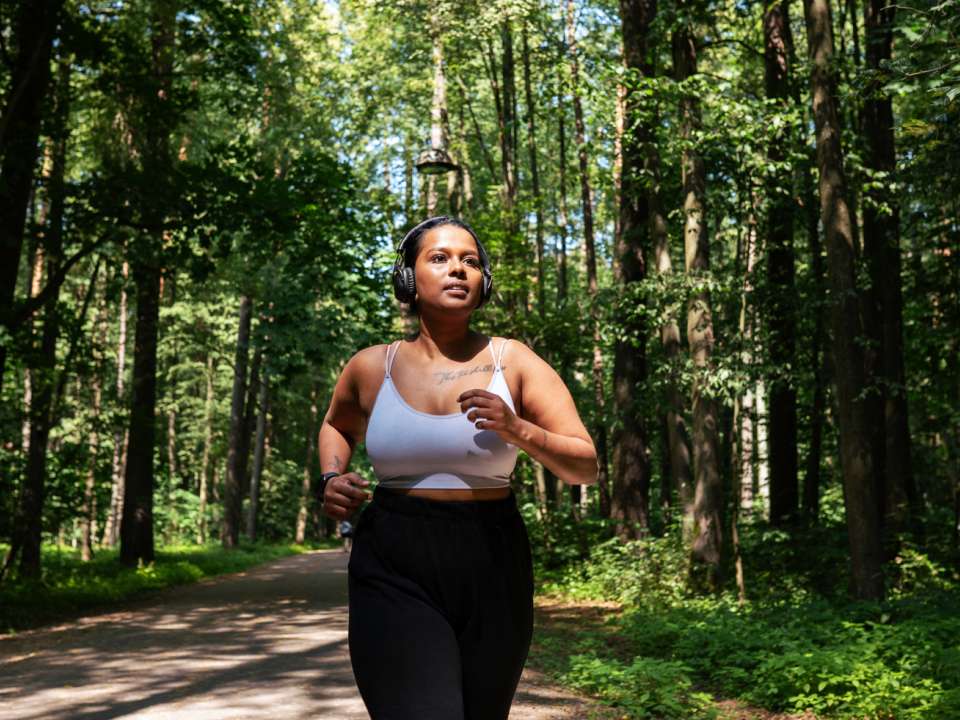
Waking up is tough. Whether you’ve been startled by your phone’s alarm clock from a deep, dreamless sleep or after tossing and turning all night, it can be hard to get out of bed on that first (or let’s be real that second, third, er, fifth) alarm.
So what’s the best way to ditch snooze, wake up on time and hop out of bed without an ounce of regret? The buzz around town (and many targeted ads) says it could be a sunrise light.
What’s a sunrise light?
Sunrise, or wake-up, lights mimic the sun — that big, burning light in the sky that triggers our internal clock and tells us it’s time to get up. And biologically, it makes sense, says Dr. Catherine McCall, assistant professor of Psychiatry and Behavioral Sciences at the UW School of Medicine.
“We evolved in a world where the strongest light was the sun,” says McCall. “Now with electricity, light sources are much more prevalent and can confuse our internal clock.”
Most wake-up lights gradually increase the brightness in your room and are a soft yellow, orange or red hue. They also often come with other features like nature sounds (cue birds chirping or water rushing) and some even have a sunset feature to help you fall asleep.
What are the pros and cons of a wake-up light?
Before you switch out your phone alarm for a sunrise clock, McCall sheds some light on the considerations.
Easier transition from sleep to awake
Our internal clock runs in 24-hour cycles and lives in a small part of our brain called the suprachiasmatic nucleus of the hypothalamus. Although it does and can run on its own, light cues keep us in sync with the outside world.
“Here in the Pacific Northwest, we don’t get as much of a cue from sunlight to wake up in the winter,” says McCall. “An alarm that reproduces what is a natural phenomenon could help in places like the Pacific Northwest where it’s harder to be synced with the outside world.”
Or, if you live in a city or somewhere with constant light exposure, maybe you use blackout curtains to help you sleep. In that scenario, a wake-up light might give your body the light cues it needs to create an easier transition from sleep mode to go mode.
Gradually waking up is less stressful on our hearts.
McCall also notes that there is some evidence that gradual wakeups, like that of a slow building sunrise, could be better for cardiac function versus sudden wakeups that could be stressful on our hearts — nothing like being catapulted from your sleep by an angry alarm sound.
“The changeover to daylight saving time also increases the likelihood of cardiac events, and these types of light-based alarms could reduce the impact of that by gradually waking you up,” she says.
Timing is key
Sunrise alarms generally start 30 minutes to an hour before your set wake-up time, which — if you are sensitive to light — might wake you up earlier than you were intending, truncating your sleep. This could have a negative impact, says McCall.
“Our bodies aren’t evolved to get up super early and waking up earlier due to the light might have a negative impact on your sleep,” she says.
There is some risk that you may wake up too fast, and for others they might not wake up fast enough with the gradual light. That’s up to your internal clock.
The type of light may matter
We know that bright light exposure can cause shifts in our sleep cycles or internal clock, but the type of light used for the alarms hasn’t been as well studied for its effectiveness.
“Blue light is the best studied and most effective in causing a phase shift of the sleeping period,” says McCall. “Sunrise alarms’ light starting with a red-orange and then transitioning into yellow to mimic the sunrise just hasn’t been studied. Blue light or full spectrum light might be more effective.”
She says that theoretically, colors mimicking the sunrise are the most natural transition for waking up, but we also know blue light has the most impact on our internal clock. Nothing wrong with either one, just more science to consider.
Are sunrise lights worth the hype?
These lights may work great in some conditions, like if you have blackout shades, live in a relatively overcast place and if your internal clock responds well to the light stimulant.
“The main theme here is that anything that promotes a sleep schedule closer to what our ancestors had is more likely to be healthy and that keeping a consistent schedule is going to be helpful,” says McCall.
If you’re on the fence, McCall has some tips, sans sunrise light, for better wakeups.
Get more morning light exposure
“The best light exposure is to sunlight in the morning,” says McCall.
This could be positioning your bed near a window or getting more light exposure during the day. Try going for a walk or using a lightbox.
Get more sleep
“The most important thing is to get enough sleep,” says McCall.
She suggests dimming your lights earlier, a light cue that signals your body it’s time for bed, and getting at least seven hours of sleep each night.
If you’re getting enough sleep and are still really struggling to wake up in the mornings, McCall recommends getting a sleep evaluation. There could be something else going on that’s causing you to miss out on the sleep you need to get you up in the morning.

 Healthy ideas for your inbox
Healthy ideas for your inbox





